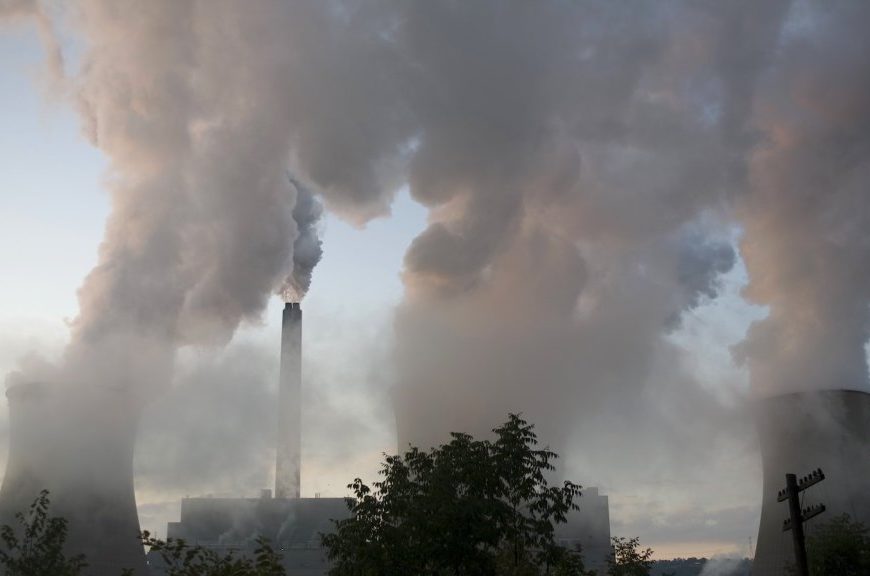
Continuous emissions monitoring is a legal requirement in the US and many other countries to measure the emissions from smokestacks of industrial plants. Site owners are responsible for having functioning CEM systems in place and keeping them in good working order to monitor emission levels accurately.
This article will outline how CEMS work, their main components and why they are essential.
How do Continuous Emissions Monitoring Systems Work?
Continuous Emissions Monitoring Systems (CEMS) are used to monitor the levels of oxygen, carbon monoxide, and carbon dioxide in flue gas, which occurs due to combustion in industrial processes.
Carrying out CEM involves a probe which samples flue gas from the effluent gas streams. Flue gas can be hot, wet or sticky, depending on the pollutants it has been mixed with, and therefore must be diluted before being transferred through a sample line to a gas analyzer.
Gas analyzers assess the concentration level of pollutants within the gas sample, and after the analysis has taken place, the gas is pushed out through vents. Upon exit, the output and emissions data are recorded by a Data Acquisition and Handling System (DAHS)
What are the Components of a CEMS?
The standard components of a CEMS are:
- A sample probe is used to extract a sample from the flue gas stream;
- A sample line is used to transport the sample to the gas analyzers;
- A filter is used to remove harmful substances from the sample;
- Analyzers are used to measure gas emissions accurately. One or more analyzers could be used depending on the system;
- A calibration system is used to dilute high concentration Protocol-1 or certified gas cylinders to an infinitely variable range of concentrations from high percents to low parts per million. Our own continuous emissions monitoring calibration systems are used to ensure a CEMS functions as efficiently as possible.
- A data acquisition and handling system (DAHS) is used to record the analysed data relating to the flue gas sample.
Why are CEMS Important?
CEMS are important as using them helps prevent dangerous chemicals from being released into the air. They are also vital for ensuring that companies operate within legal limits.
If a problem were to occur, a CEMS would highlight the exact moment of the error and again when the system had been restored to complete working order. These records can be invaluable when site owners need to log issues, create reports and if they need to share this information with the Environmental Protection Agency (EPA).
If you’re looking for more information on continuous emissions monitoring, read our article on the working principles of continuous emissions monitoring. Or, get in touch with a member of the Environics team today for more information on how to calibrate your CEMS using a custom-built solution.

